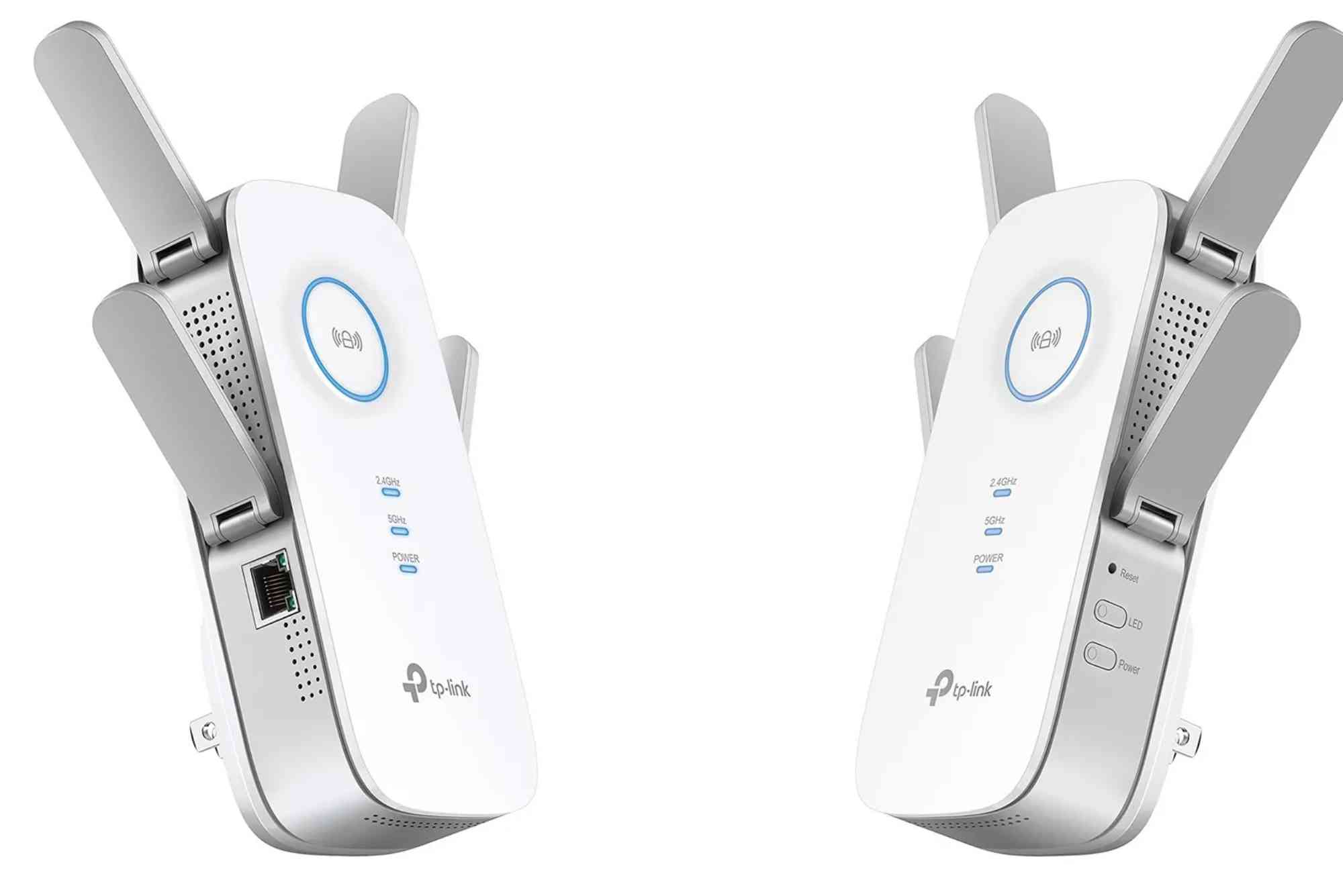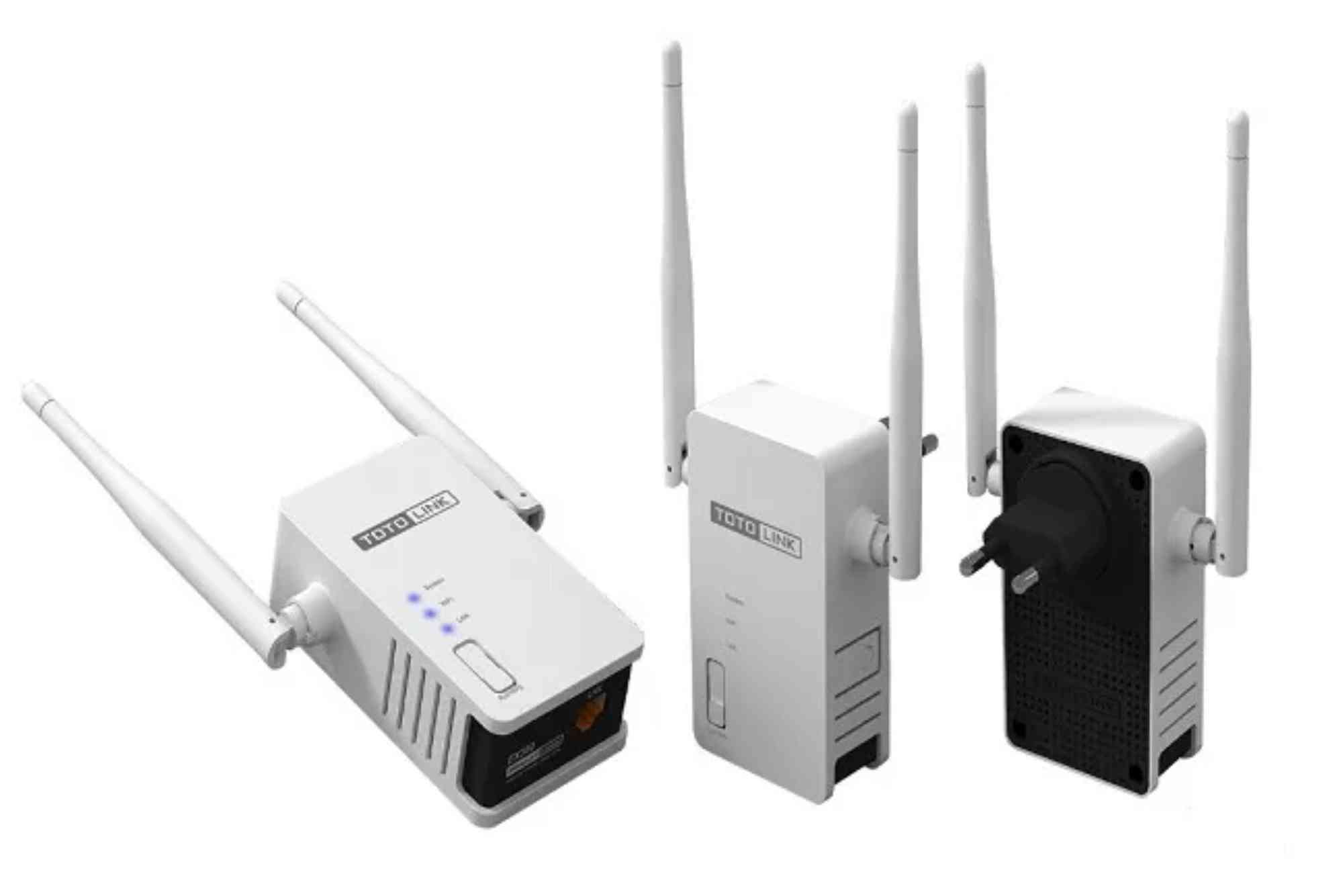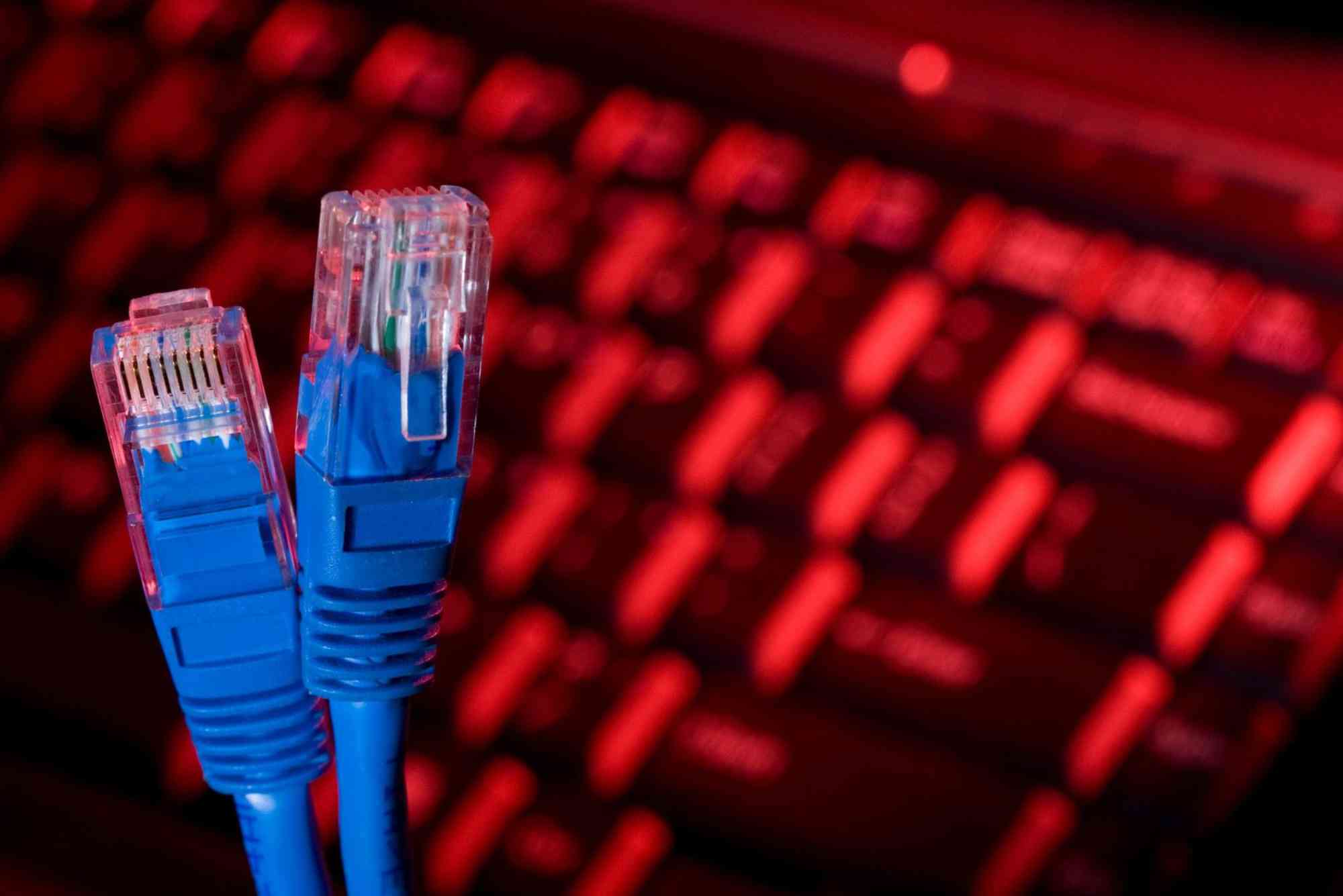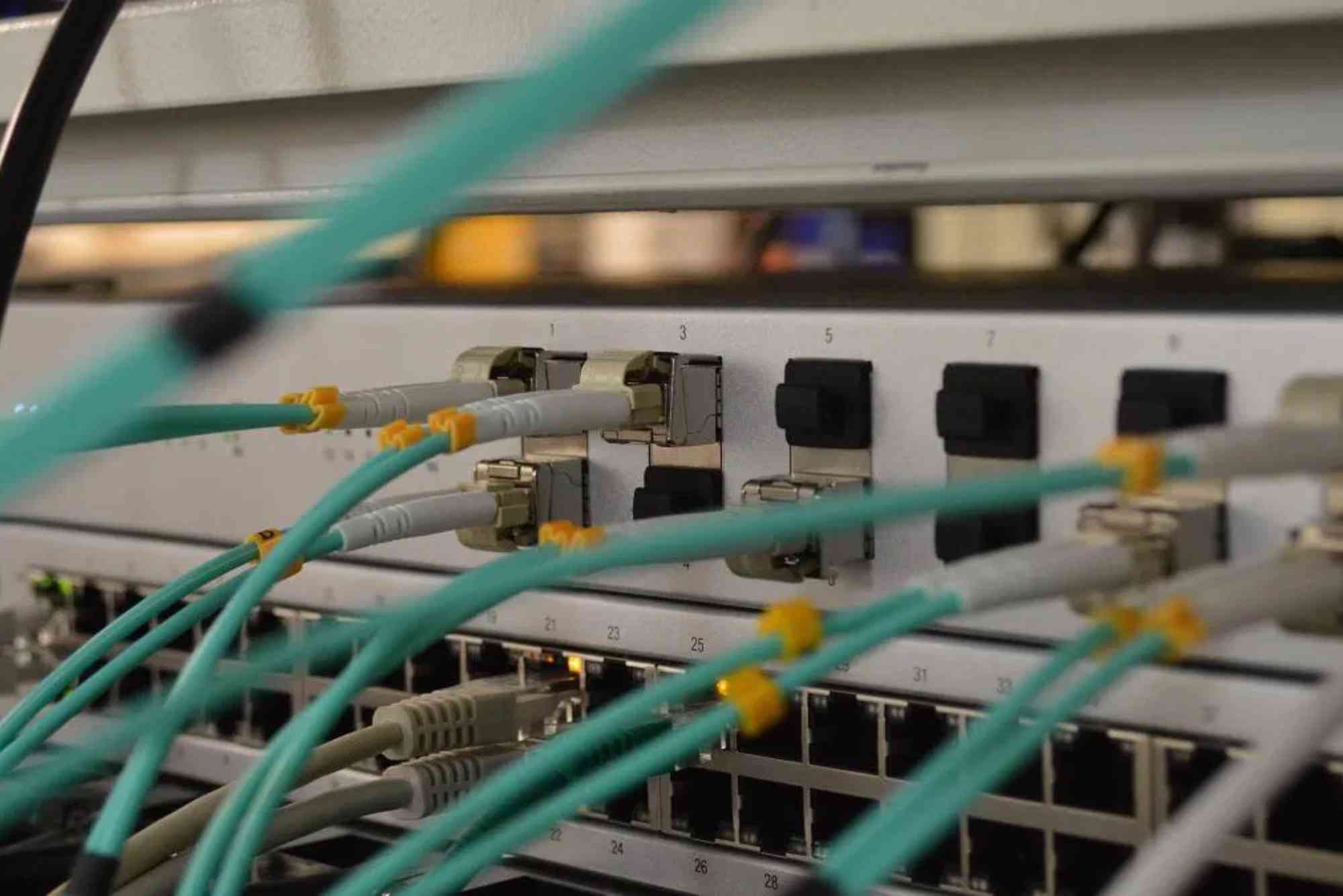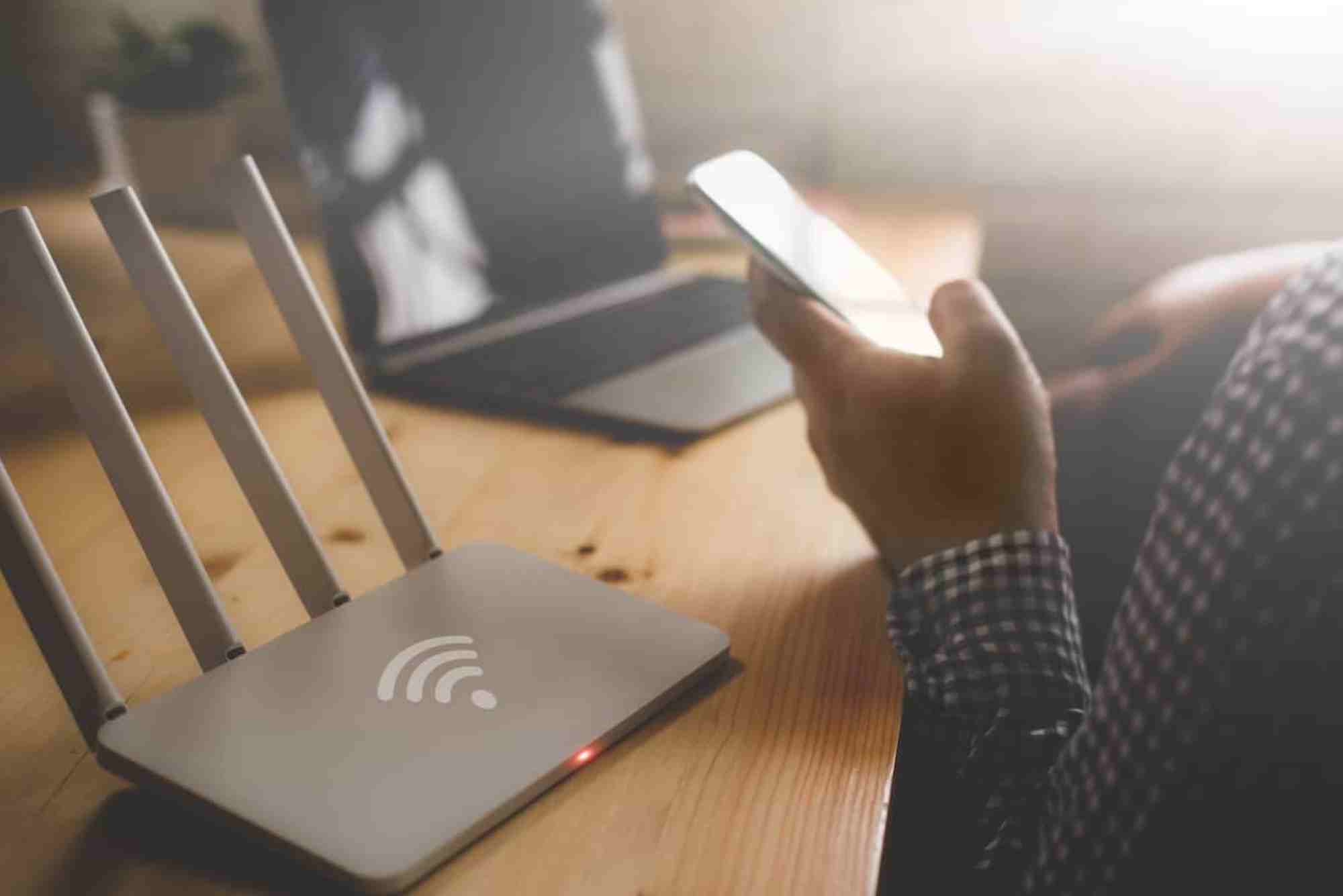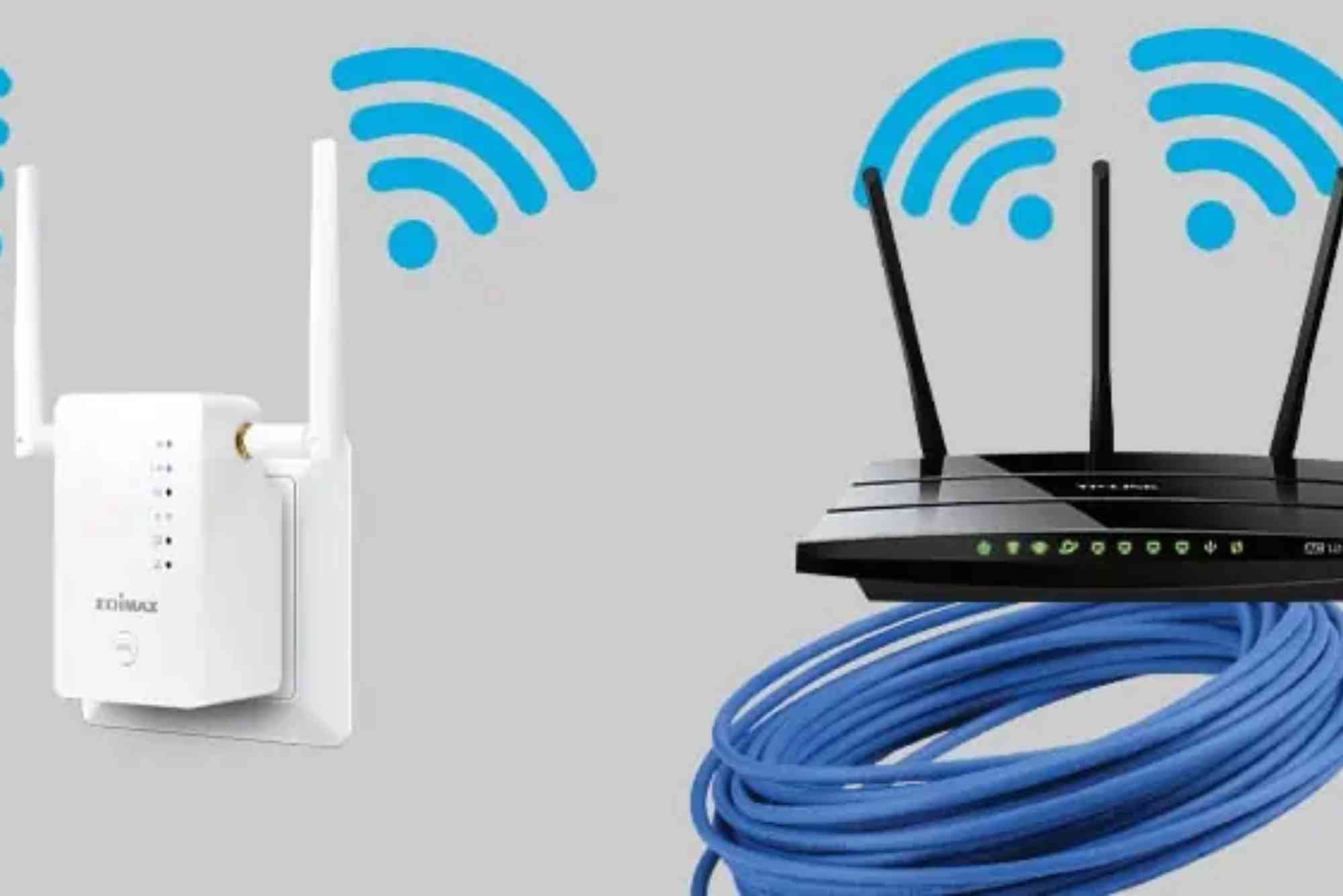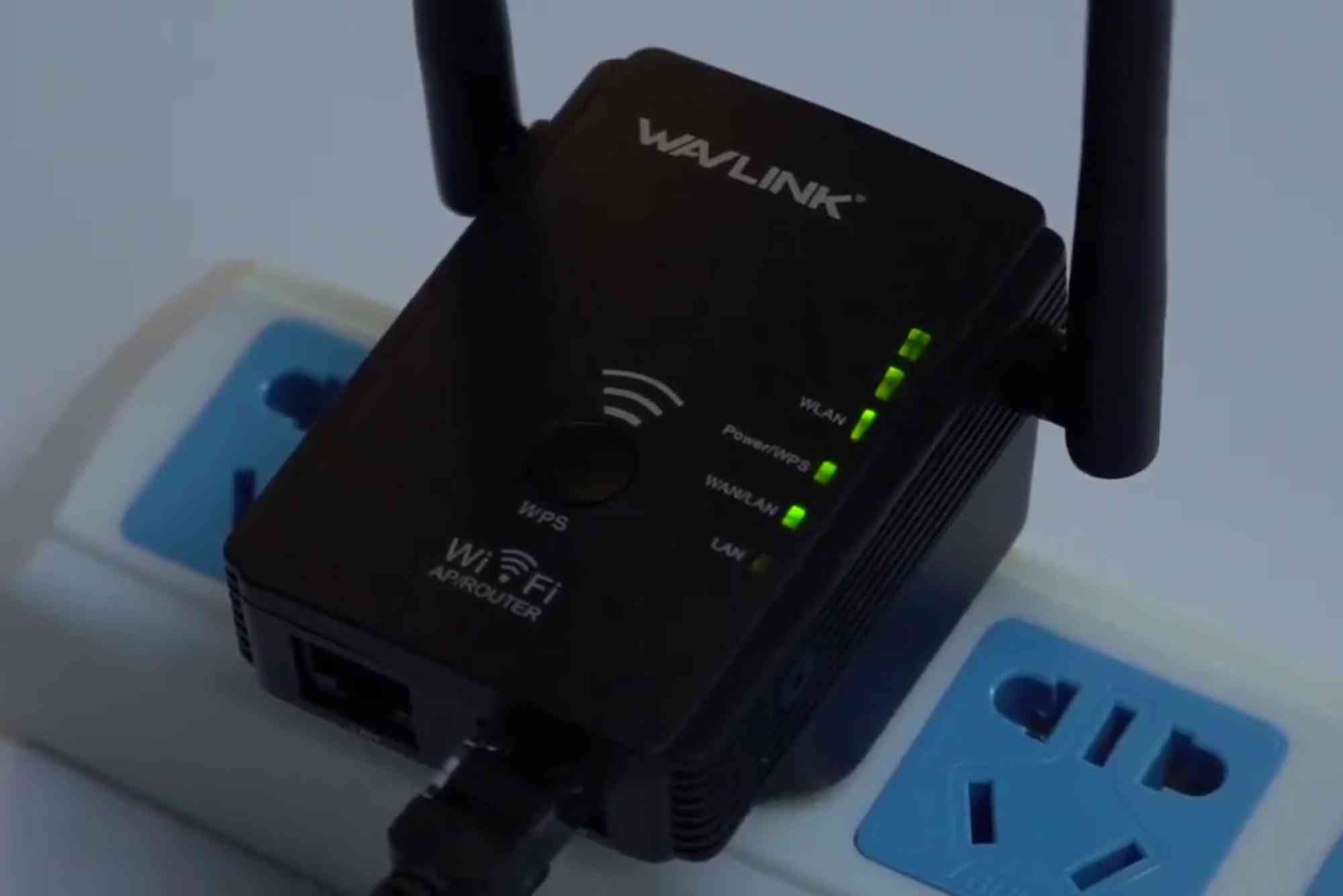How to Detect If Your ISP Is Throttling Your Internet Speed
If your internet feels slower than usual, even though you are paying for high-speed service, you may be experiencing ISP throttling. This common but frustrating practice occurs when your internet service provider deliberately slows down your connection. Many users are unaware that this happens, mistaking slow speeds for poor Wi-Fi or heavy usage. That is why understanding ISP throttling detection is so important. Once you know how to identify it, you can take steps to confirm it and seek solutions. In this article, we will explore what ISP throttling is, why it happens, and the most reliable ways to detect if it is affecting your connection.
What Is ISP Throttling and Why Does It Happen?
ISP throttling is the intentional slowing of internet speed by your service provider. It typically happens when you stream videos, play online games, or download large files. Providers argue that throttling helps reduce network congestion and manage traffic more effectively. However, many users see it as an unfair practice, especially when they are paying for higher bandwidth.
There are several common reasons why an ISP may throttle your connection. One is network congestion during peak usage times, which allows providers to ensure fair distribution of bandwidth. Another reason is data caps, where ISPs slow your speed once you exceed your monthly data allowance. Streaming services also play a role, as ISPs sometimes target specific platforms like Netflix or YouTube. In some cases, throttling can also be used as a tactic to push customers toward more expensive plans.
Why ISP Throttling Detection Matters
Identifying throttling is important because it helps you distinguish between normal slowdowns and intentional speed restrictions. Many people assume their Wi-Fi signal or hardware is to blame, but often the issue lies with the provider. By using ISP throttling detection methods, you can gather evidence and make informed decisions. This could include contacting your ISP, upgrading your plan, or switching to a more reliable provider like Dhanote Internet Services.
Signs That Your Internet Might Be Throttled
Before running technical tests, pay attention to common signs that may indicate throttling. If your streaming quality drops significantly during certain hours, throttling could be the cause. Another sign is when speed tests show a much lower rate than what your plan advertises, especially for specific types of traffic. For instance, you may notice that regular browsing feels smooth but streaming or downloading becomes painfully slow. Sudden drops in gaming performance or frequent buffering can also point to ISP interference.
Reliable Methods for ISP Throttling Detection
Run Standard Speed Tests
The simplest step is to perform speed tests at different times of the day. Use trusted platforms like Speedtest.net or Fast.com to measure download and upload speeds. Compare results with the speeds promised by your ISP. If you consistently see speeds much lower than your plan during peak hours, throttling is likely. Running multiple tests over several days can give you a clearer picture.
Compare Different Types of Traffic
ISPs sometimes throttle specific services rather than your entire connection. To test this, compare your speed when streaming video against your speed when browsing websites. If video performance lags but regular browsing remains fast, throttling is probably in play. Some speed test tools even allow you to check specific services like Netflix or YouTube to see if your provider treats them differently.
Use a VPN to Bypass Restrictions
One of the most effective ways to detect throttling is by using a VPN. A virtual private network encrypts your traffic, preventing your ISP from seeing what you are doing online. Run a speed test without a VPN, then repeat the test while connected to one. If your speed improves significantly with the VPN, that suggests your provider is selectively slowing certain types of traffic. This is one of the clearest indicators of throttling.
Monitor Latency and Ping Times
Gamers often notice throttling through higher latency or ping times. Use a ping test tool to measure the time it takes for data to travel between your device and a server. If ping times are unusually high during gaming or streaming but remain stable for other activities, throttling is a strong possibility.
Use Network Diagnostic Tools
Advanced users can run diagnostic tools that analyze how data travels across networks. Tools like GlassWire or Wireshark allow you to inspect traffic patterns and identify unusual slowdowns. While these tools require some technical knowledge, they provide deeper insight into whether your provider is interfering with your connection.
How to Confirm Throttling Beyond Doubt
Although speed tests and VPN checks provide strong clues, confirming throttling requires consistency. Document your test results over a period of time. Keep screenshots or logs of your speed tests, noting the time, date, and type of activity you were doing. If you notice a recurring pattern of slow speeds under specific conditions, you have solid evidence. Sharing these records with your provider or regulatory authorities can strengthen your case.
How to Protect Yourself Against ISP Throttling
If you confirm throttling, there are several steps you can take. The most effective is to use a VPN regularly, as it hides your online activities and prevents targeted slowdowns. Another option is to switch to a provider with a better reputation for speed reliability, such as Dhanote Internet Services. You can also review your plan and consider upgrading if your current one includes restrictive data caps. Additionally, contacting your ISP to report your findings can sometimes lead to temporary relief or clarification.
ISP Throttling Detection
Experiencing slow internet is frustrating, especially when you are paying for high speeds. Fortunately, ISP throttling detection methods give you the tools to identify whether your provider is intentionally limiting your connection. By combining speed tests, VPN comparisons, and consistent monitoring, you can uncover the truth behind slowdowns. If you confirm throttling, you have several solutions at your disposal, from using a VPN to switching to a more reliable provider like Dhanote Internet Services. Do not settle for poor performance when better options exist. Take charge of your internet experience today and ensure you are getting the speed you deserve.
FAQs
How can I tell if my internet is being throttled by my ISP?
You can detect throttling by comparing speed test results, checking service-specific slowdowns, and testing with a VPN.
Does a VPN stop ISP throttling?
Yes, in most cases a VPN hides your online activity, making it harder for ISPs to slow down specific services like streaming or gaming.
Why is my internet slow only when streaming videos?
This often happens because ISPs throttle video platforms to reduce bandwidth usage. Running a VPN test can confirm this.
Can ISPs legally throttle internet speeds?
In many regions, ISPs are allowed to manage traffic, but regulations differ. Some countries require transparency about throttling practices.
Is my router the cause of slow internet instead of throttling?
Yes, router issues can mimic throttling. Test with multiple devices and bypass the router to rule out hardware problems.
How often should I test for throttling?
Run tests at different times of the day over at least a week. This helps distinguish between temporary slowdowns and consistent throttling.

